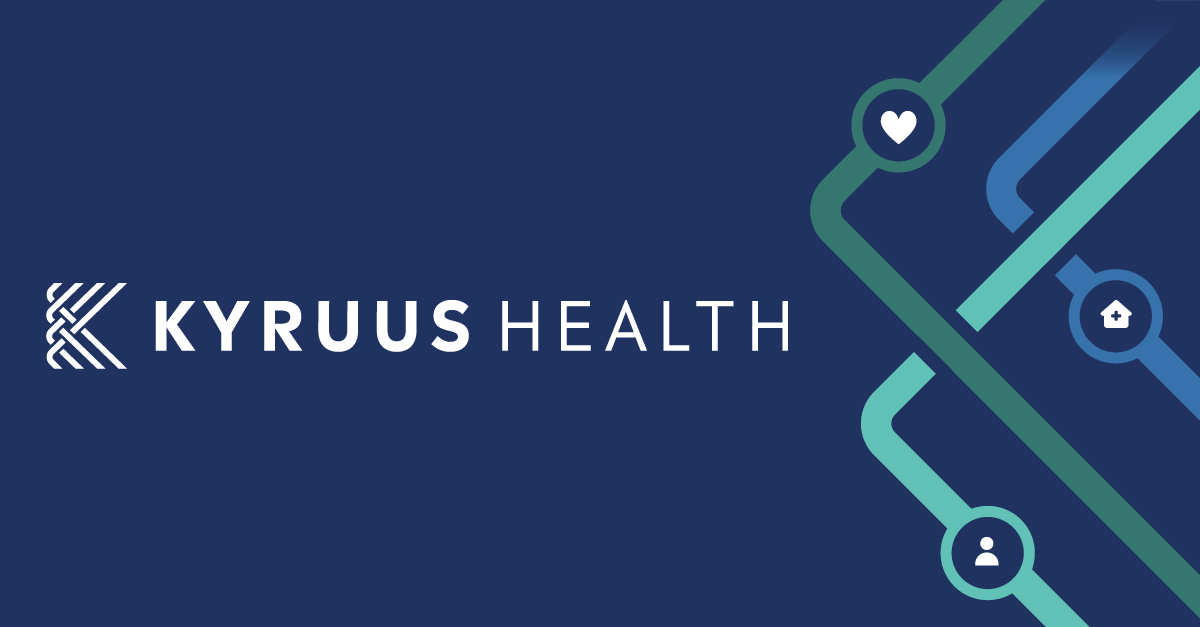It’s been more than 15 years since the Triple Aim was developed by the Institute for Healthcare Improvement (IHI). One of its central tenets — improvident the patient experience of care — remains part of the framework.
It’s a celebration of the healthcare professionals who impact the level of care individuals receive that precipitated Patient Experience Week. Now in its tenth year, this weeklong event is designed to show healthcare workers — from physicians and nurses to administrators and support staff — that their hard work is appreciated.
How to Boost Patient Experience
Similar to patient satisfaction, patient experience — as defined by the Agency for Healthcare Research and Quality (AHRQ) — encompasses the range of interactions patients have with the healthcare system. This includes their care from health plans, doctors, and nurses along with staff in hospitals, physician practices, and other healthcare facilities. It starts with patients’ ability to schedule an appointment with their provider and continues throughout the entire care process.
A key component of patient experience is communication. In addition to enhancing the patient experience, effective provider-patient communication improves quality of care while reducing the cost of it, decreases clinician stress and burnout, promotes staff teamwork and collaboration, and results in fewer complaints and readmissions.
A positive patient experience does more than increase satisfaction. Patients who have a positive encounter with their provider are not only more likely to recommend their doctor to family and friends but also experience a better health outcome and adhere to treatment plans.
What does this mean for providers? Increased patient retention rates, more satisfied staff, a solid reputation, and higher revenue.
Meeting Patient Preferences
Providing patients with a positive experience takes meeting their preferences, making them feel like they’re being listened to, taking time with them, and getting them in for an appointment sooner rather than later. Although some of these components require the skills only a physician offers, some can be achieved through the use of digital health tools.
For example, digital tools such as telehealth, digital check-in, text messaging, wearables, and online scheduling help keep patients engaged and connected by bringing together services in a way that’s seamless, fast, convenient, and accessible. They offer an enhanced ability to capture upstream data, which can eliminate the frustration of waiting rooms with their long wait times and tight appointment windows. Review of systems, signing of consent forms, and completion of health risk assessments can all be done without the back-and-forth of phone calls and faxes.
Here are just a few examples of how Epion clients built on their patients’ experiences using digital health technology:

OrthoSC
This provider of bone, joint, and muscle care was established in 2018 when three South Carolina-based orthopedic practices merged to become one large, 32-physician group with five locations. The medical group collected and entered patient data manually, requiring their patients to rely on memory for details and dates of treatments, screenings, and prescriptions.
OrthoSC enlisted the help of Epion to streamline and automate its patient intake. Since that transition, the physician group has achieved more accurate data collection, reduced wait times, and improved patient-provider relationships.

Neurosurgery Center of Southern New England
Located in Fall River, Massachusetts, this medical group specializes in neurosurgery, brain tumors, spine surgery, and minimally-invasive care techniques. Because the practice targets individuals who need to meet with a physician to determine whether or not they need surgery, being seen in a reasonable time frame is crucial to a positive experience for their patients.
By utilizing Epion’s Digital Check-In solution, patients of Neurosurgery Center of Southern New England can complete the check-in process at their convenience before they arrive for their appointment. This efficient and accurate process mitigates lengthy wait times to contribute to an overall positive patient experience.

Shore Physicians Group
Founded in southern New Jersey approximately 10 years ago, this physician group wanted a digital patient intake solution that would seamlessly integrate with athenaNet and help promote its new mission statement: “Keeping You Well Connected.” The solution needed to be easy to use for both its staff and patients and offer end-to-end training and support.
Within nine months of implementing Epion Check-In, Shore’s patient utilization rate rocketed to 88.9 percent. That means almost 90 percent of the group’s patients completed some or all of their check-in steps digitally. Another win for improving patient experience!
Find out how the HIPAA-compliant Epion patient engagement platform helps deliver a more consistent, tailored, and delightful patient experience across all touchpoints. As part of Kyruus, we’re able to offer providers end-to-end patient access and engagement solutions that fully digitize the patient experience. Get in touch with us today to learn more!

